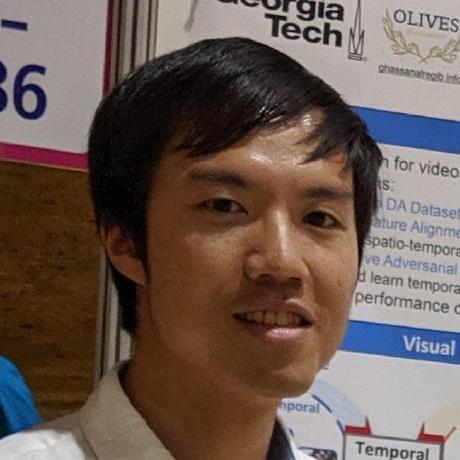Discover and explore top open-source AI tools and projects—updated daily.
UniTR by  Haiyang-W
Haiyang-W
Research paper for multi-modal 3D perception using unified transformer
Top 81.7% on SourcePulse
UniTR presents a unified, weight-sharing transformer backbone for multi-modal 3D perception, specifically targeting Bird's-Eye-View (BEV) representation. It aims to improve efficiency and performance in autonomous driving scenarios by jointly processing camera and LiDAR data within a single architecture, benefiting researchers and engineers in 3D computer vision and autonomous systems.
How It Works
UniTR employs a modality-agnostic transformer encoder that processes diverse sensor inputs (cameras, LiDAR) with shared parameters. This approach enables parallel, modal-wise representation learning and automatic cross-modal interaction without explicit fusion steps, offering a task-agnostic foundation for various 3D perception tasks.
Quick Start & Requirements
- Installation: Requires Python 3.8, PyTorch 1.10.1+cu113, torchvision 0.11.2+cu113, and nuscenes-devkit 1.0.5. Clone the repository and install dependencies via
pip install -r requirements.txt. - Dataset: NuScenes dataset (v1.0-trainval or v1.0-mini) is required, with specific directory organization and data info generation steps outlined. Map expansion files are needed for BEV segmentation.
- Training: Pre-trained checkpoints are available. Training commands are provided for 3D object detection and BEV map segmentation, supporting multi-GPU setups.
- Testing: Commands for testing both tasks are available, including options for cached backbone computations to accelerate inference.
- Links: NuScenes Dataset, OpenPCDet, Map Expansion
Highlighted Details
- Achieves State-of-the-Art (SOTA) performance on nuScenes for 3D object detection (NDS 74.5) and BEV map segmentation.
- Features a truly multimodal fusion backbone, seamlessly connectable to any 3D detection head.
- Offers a caching mechanism that can reduce backbone inference latency by up to 40% for datasets with consistent sensor parameters.
- Potential for integration with 2D vision foundation models like ViT due to architectural similarities.
Maintenance & Community
The project is associated with authors from PKU and other institutions. Recent updates include the release of GiT (ECCV2024 oral) and its integration potential with UniTR. The primary contact points are provided via email.
Licensing & Compatibility
The repository is released under the Apache 2.0 license, permitting commercial use and linking with closed-source projects.
Limitations & Caveats
The current implementation's data partitioning step consumes approximately 40% of the total time, with significant room for optimization. Cache mode currently only supports a batch size of 1. FP16 training may encounter NaN gradients.
1 year ago
Inactive

 OpenGVLab
OpenGVLab apple
apple ZiyuGuo99
ZiyuGuo99 ZCMax
ZCMax Pointcept
Pointcept zhulf0804
zhulf0804 BR-IDL
BR-IDL xuannianz
xuannianz lucidrains
lucidrains cmhungsteve
cmhungsteve facebookresearch
facebookresearch